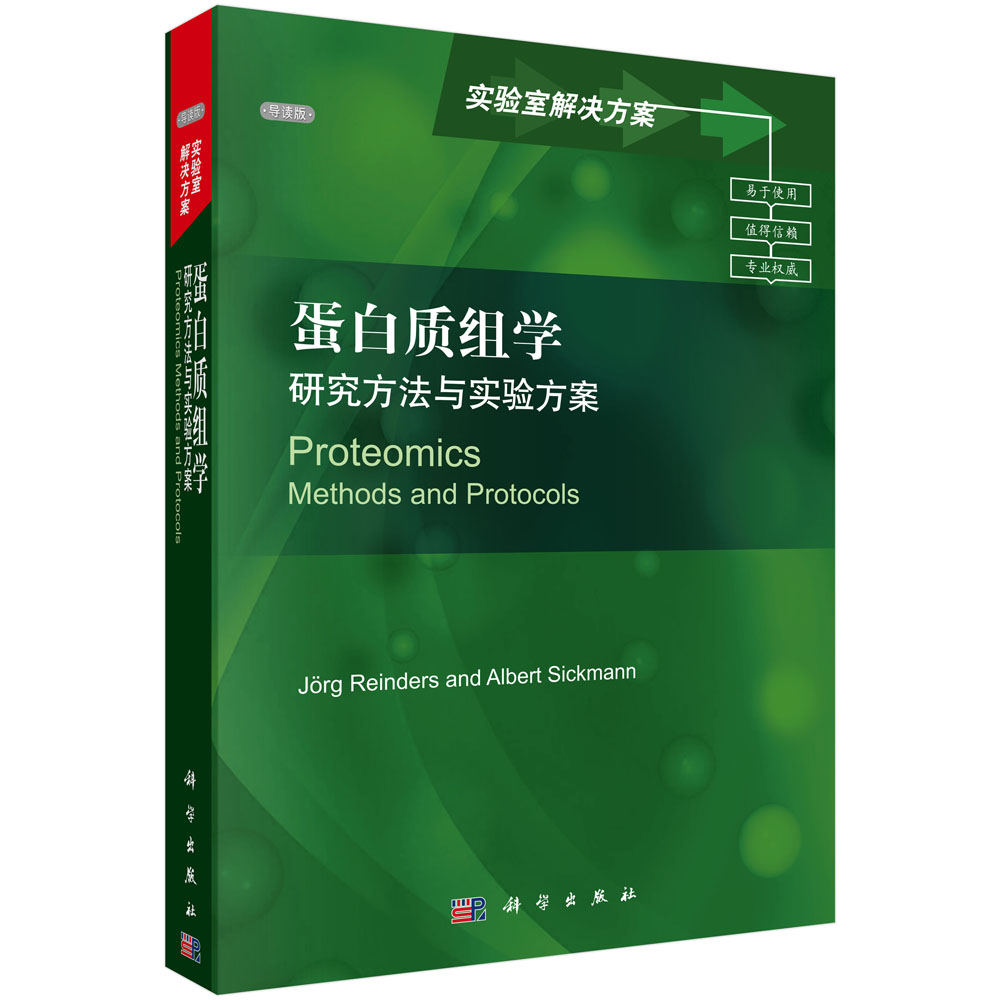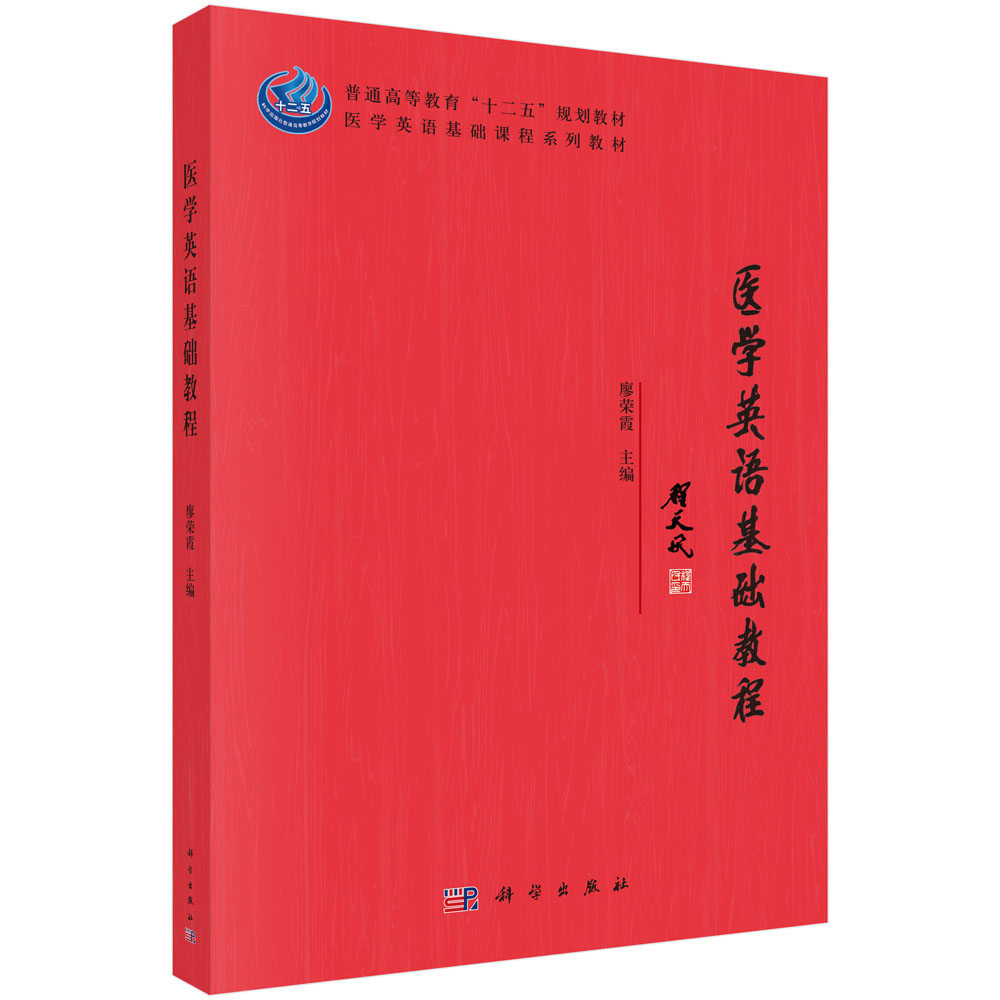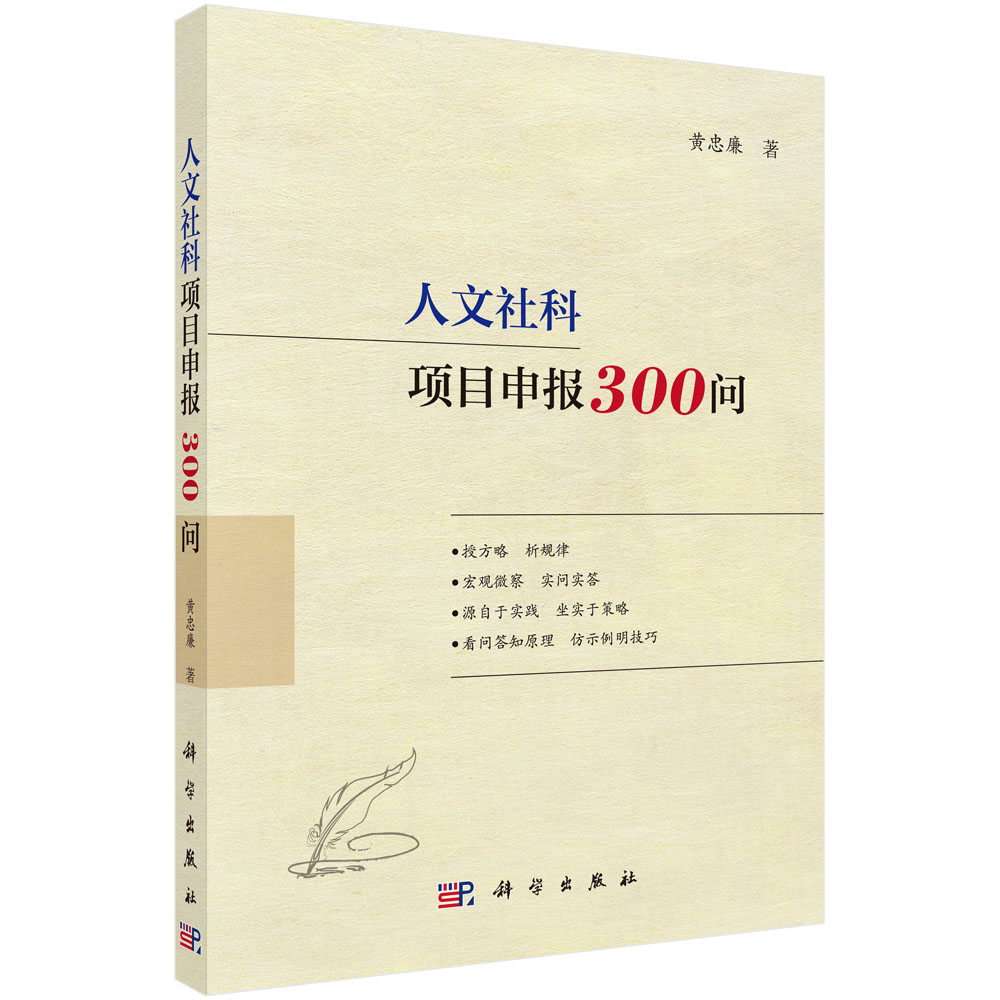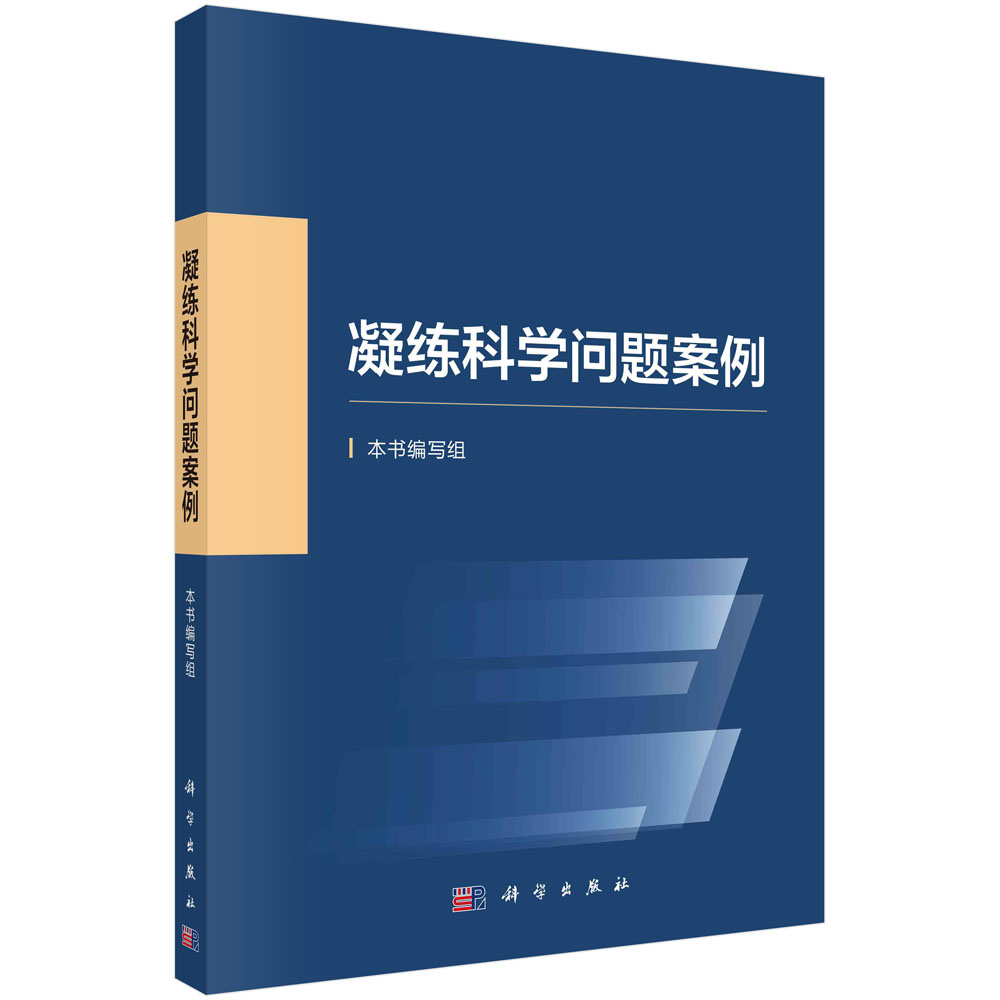数据科学是建立在数学之上的。在本书中,我们将涵盖数据科学中广泛使用的数学工具,包括微积分、线性代数、优化、网络分析、概率和微分方程。特别地,本书介绍了一种基于网络分析的新方法,将大数据集成到常微分方程和偏微分方程的框架中进行数据分析和预测。本书中,我们把数学与数据科学中出现的示例和问题相结合,并展示高等数学,特别是数据驱动的微分方程在数据科学中的应用。
样章试读
目录
- Contents
Preface ix
Acknowledgments xi
1. Linear algebra 1
1.1. Introduction 1
1.2. Elements of linear algebra 2
1.2.1. Linear spaces 2
1.2.2. Orthogonality 5
1.2.3. Gram-Schmidt process 10
1.2.4. Eigenvalues and eigenvectors 11
1.3. Linear regression 17
1.3.1. QR decomposition 17
1.3.2. Least-squares problems 18
1.3.3. Linear regression 20
1.4. Principal component analysis 21
1.4.1. Singular value decomposition 21
1.4.2. Low-rank matrix approximations 24
1.4.3. Principal component analysis 25
2. Probability 31
2.1. Introduction 31
2.2. Probability distribution 32
2.2.1. Probability axioms 32
2.2.2. Conditional probability 33
2.2.3. Discrete random variables 34
2.2.4. Continues random variables 38
2.3. Independent variables and random samples 41
2.3.1. Joint probability distributions 41
2.3.2. Correlation and dependence 44
2.3.3. Random samples 47
2.4. Maximum likelihood estimation 48
2.4.1. MLE for random samples 48
2.4.2. Linear regression 49
3. Calculus and optimization 51
3.1. Introduction 51
3.2. Continuity and differentiation 52
3.2.1. Limits and continuity 52
3.2.2. Derivatives 54
3.2.3. Taylor's theorem 62
3.3. Unconstrained optimization 65
3.3.1. Necessary and sufficient conditions of local minimizers 65
33.2. Convexity and global minimizers 69
3.3.3. Gradient descent 74
3.4. Logistic regression 76
3.5. K-means 79
3.6. Support vector machine 80
3.7. Neural networks 83
3.7.1. Mathematical formulation 83
3.7.2. Activation functions 85
3.7.3. Cost function 87
3.7.4. Backpropagation 87
3.7.5. Backpropagation algorithm 88
4. Network analysis 91
4.1. Introduction 91
4.2. Graph modeling 92
4.3. Spectral graph bipartitioning 99
4.4. Network embedding 105
4.5. Network based influenza prediction 106
4.5.1. I ntrod uction 107
4.5.2. Data analysis with spatial networks 111
4.5.3. ANN method for prediction 118
5. Ordinary differential equations 129
5.1. Introduction 129
5.2. Basic differential equation models 130
5.2.1. Logistic differential equations 130
5.2.2. Epidemical model 131
5.3. Prediction of daily PM2.5 concentration 134
5.3.1. Introduction 134
5.3.2. Genetic programming for ODE 136
5.3.3. Experimental results and prediction analysis 143
5.4. Analysis of COVID-19 148
5.4.1. Introduction 148
5.4.2. Modeling and parameter estimation 152
5.4.3. Model simulations 160
5.4.4. Conclusion and perspective 165
5.5. Analysis of COVID-19 in Arizona 166
5.5.1. Introduction 166
5.5.2. Data sources and collection 167
5.5.3. Model simulations 168
5.5.4. Remarks 170
6. Partial differential equations 173
6.1. Introduction 173
6.2. Formulation of partial differential equation models 174
6.3. Bitcoin price prediction 179
6.3.1. Network analysis for bitcoin 181
6.3.2. PDE modeling 184
6.3.3. Bitcoin price prediction 186
6.3.4. Remarks 190
6.4. Prediction of PM2.5 in China 192
6.4.1. Introduction 192
6.4.2. PDE model for PM2.5 194
6.4.3. Data collection and clustering 195
6.4.4. PM2.5 prediction 197
6.4.5. Remarks 199
6.5. Prediction of COVID-19 in Arizona 202
6.5.1. Introduction 202
6.5.2. Arizona COVID data 204
6.5.3. PDE modeling of Arizona COVID-19 206
6.5.4. Model prediction 209
6.5.5. Remarks 210
6.6. Compliance with COVID-19 mitigation policies in the US 213
6.6.1. I ntrod uction 213
6.6.2. Data set sources and collection 216
6.6.3. PDE model for quantifying compliance with COVID-19 policies 217
6.6.4. Model prediction 221
6.6.5. Analysis of compliance with the US COVID-19 mitigation policy 224
6.6.6. Remarks 226
Bibliography 229
Index 241





























